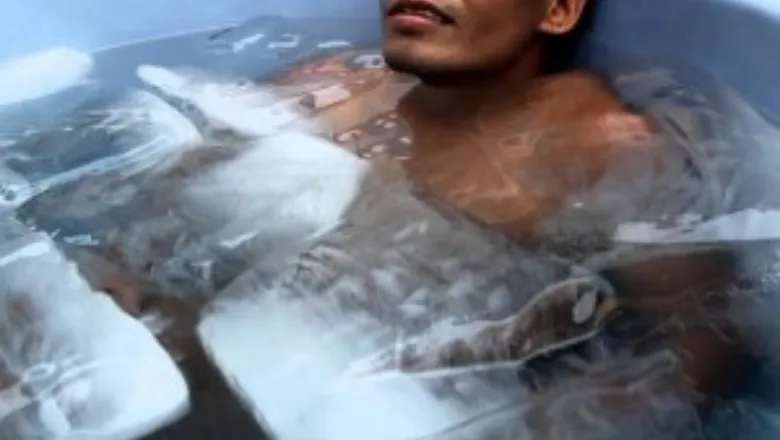09 November 2018
Why do athletes 'recover' in an ice bath? Does it work?
We’ve all seen it, after a gruelling and physical rugby many athletes plunge themselves into a bath of icy cold water or even in a cold air chamber, a treatment known as cryotherapy.

Despite being freezing, the general idea is that soaking in a sub-zero tub will reduce inflammation leading to reduced soreness and improved recovery. However, what is the scientific basis for why some athletes ice their muscles after exercise and does it even work?
Stephen Harridge, Professor of Human & Applied Physiology at King’s and lecturer on the Sports & Exercise Medical Sciences BSc programme, comments on the latest research into post-exercise cooling.
“Whilst cold water immersion (at temperatures around 10–15 °C) post-exercise has been popular for many years, whole-body cryotherapy is a recent and more extreme alternative which utilises far lower temperatures than (−85 to −135 °C). However, in both cases, questions remain as to how effective they are compared to a placebo. Is one approach better than the other in aiding recovery? And are they able to enhance adaptions to training?
The scientific evidence thus far does not show overwhelming support for their use. When measurements of markers of inflammation are made from blood samples there appears to be little or no effect, whilst there is currently a lack of evidence to suggest that these approaches will improve gains to either endurance or strength training.
Given the growing popularity of cold-water immersion and cryotherapy, further research is needed to objectively determine any benefits which take into consideration the multiple permutations of exercise along with the timing, duration frequency of treatment. One major challenge to the undertaking of these studies is the placebo effect - for obvious reasons it is not possible to “blind” participants to which treatment they are receiving!”

